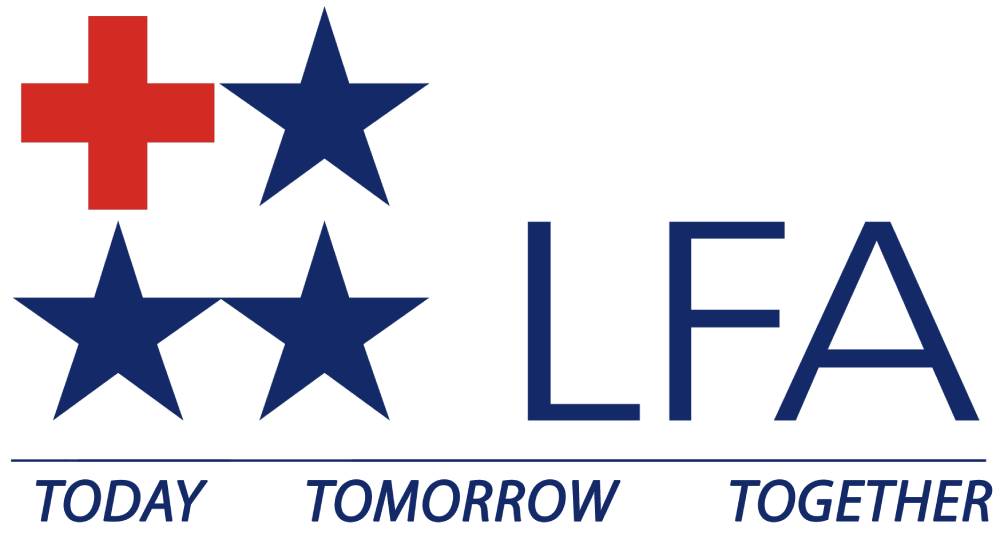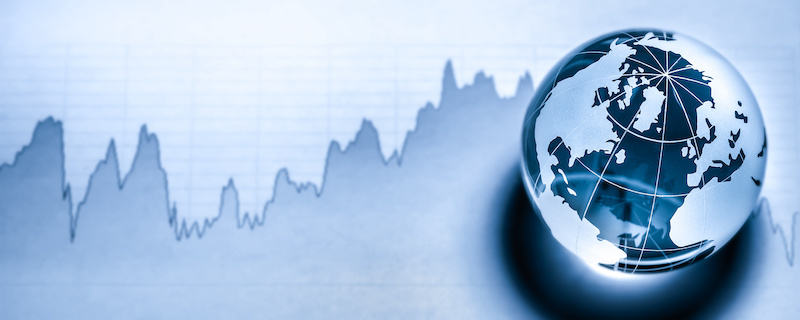2022 was an eventful year for the stock markets and the world economy. Record high inflation, continued fallout from the pandemic, and other global events are just a few noteworthy events that made 2022 quite an interesting year in the stock market.
Though many still fear a recession in 2023, the end of 2022 saw inflation rates show the first signs of slowing down.
The past year was an eventful one for the markets and the world, and many eyes are looking toward 2023 as investors ponder where they should put their money and where they should avoid it like the plague.
To make educated forecasts on what the markets might do in 2023, it’s first necessary to look back on 2022 and review the notable events that happened. The past can be an excellent indicator of what the future might hold.
2022 in Review
The markets in 2022 were down due to record-high inflation and interest rates. Three major variables contributed there:
A reduction in domestic consumption due to rising prices: As inflation skyrocketed the past year and prices soared, domestic consumption declined in response.
COVID-Zero policies: The COVID-Zero policies around the world shook markets, especially in China, where some economists have opined that the effects could be worse than the war in Ukraine.
EU recession due to high energy costs: Exacerbated by the war in Ukraine, high inflation, and a rapidly tightening monetary policy, the energy crisis in Europe has many expecting several European countries to suffer through a recession over the winter.
How far the FED will go?
Though the Federal Reserve may have left most of its rate hikes in 2022, that doesn’t mean we’re out of the woods yet.

The Fed’s benchmark borrowing rate is expected to rise an additional three-quarter of a percentage point in early 2023, resulting in a 17-year high of 5.25%. According to current projections, they may rise even higher, to 5.5-5.75%, which would be the highest level seen in over 20 years.
This means the prices paid on mortgages and credit cards in 2023 will continue to be among the highest seen in decades, though hopefully not as high as what was seen in 2022.
A Recession on the Horizon?
Historically speaking, an inverted U.S. Treasury yield almost always heralds a recession. This occurs when interest rates on long-term bonds fall lower than those of short-term bonds. An inverted yield curve has preceded almost all recessions since 1960, roughly a year before they were officially declared. As a strong dollar index also attributed to recession fears, there was been a small glimmer of hope as 2022 closed out.
Inflation showed the first signs of slowing down in 2022, although many economists still believe that the outlook for 2023 is murky.
What Could be in 2023
While the 2022 market is behind us, the outlook for 2023 still seems somewhat unclear. However, based on what we know, we can make some predictions and assumptions about what we think the markets will look like in 2023. Here are just a few thoughts:

Bonds: Based on the movement we saw in rates, we believe that it would make sense to increase the exposure of the Corporate Bonds segment to the Investment Grade as opposed to the HY segment. The reasoning is that we saw its spreads rise to levels that are only typically reached during a recession.
Equities: We believe that the Health Care and Non-durable Consumption sectors will be favorable in 2023, as they are resilient sectors that are much less sensitive to the volatilities of the economic cycle.
As two anti-correlated sectors, energy and materials will likely have a hedging effect on portfolios.
There may also be two (pleasant) surprises sometime in 2023. They are the end of the war in Ukraine, which approaches its first anniversary, and an end to China’s zero-COVID policy. The latter has been indeed scrapped at the end of 2022, and – although after a first phase which is marked by massive infections and turbulences – we expect that at last it shall promote economic activity and reduce the risk of a recession.


